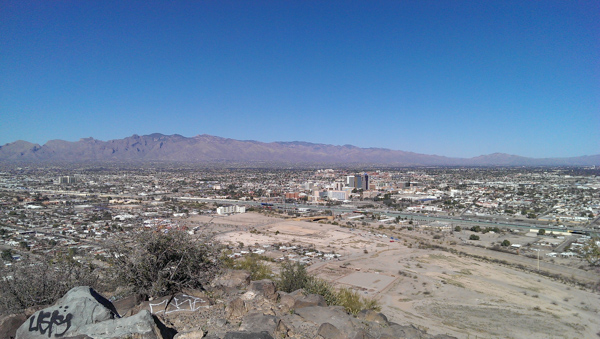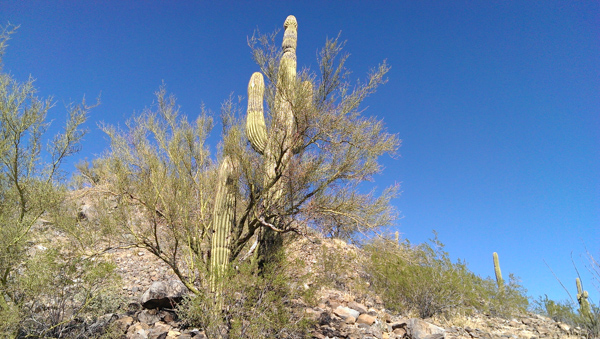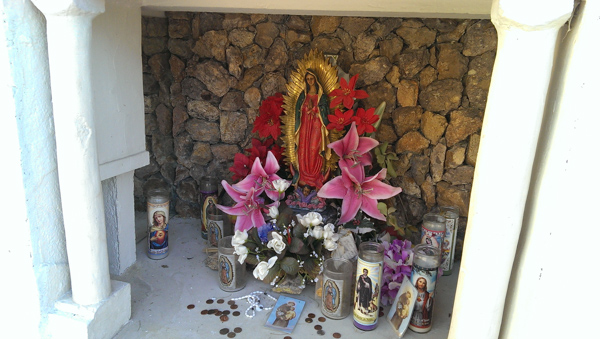The HTC One Review
by Brian Klug on April 5, 2013 8:50 PM EST- Posted in
- Smartphones
- HTC
- Android
- Mobile
- HTC One
- Snapdragon 600
Real World Camera Comparison, Performance in Well Lit Scenes
I took a bunch of photos with the HTC One alongside a number of other cameras in either a bracket or some other form of mount, and I think they tell an interesting story. If you click on the buttons the thumbnail will change, and the image link will also change for viewing the full res original image. I’d recommend opening the full res images in new tabs and then switching back and forth at 1:1 zoom. The phones I had with me for most of these were the HTC One (obviously), iPhone 5, Lumia 920, HTC Butterfly, and LG Optimus G Pro. I took many many photos with each camera at each location and selected the best ones.
What sticks out at me is how much the subtleties of the HTC One match the HTC Butterfly, it’s obvious how much of the regional tastes of their camera tuners makes its way into the images. Both have a bit too much sharpening for my tastes, and virtually all the smartphones lose a lot of detail to noise reduction but still manage to have surprisingly noisy sky texture. I still can’t shake the impression that HTC has some JPEG artifacts which accentuate the noise in these relatively homogenous regions as well. Apple seems to reflect the kind of tuning I would find myself wanting the most – minimal noise reduction in-camera, encode the noise out, and don’t risk losing any detail. HTC and LG seem to go for more aggressive noise reduction which occasionally leaves that oil painting look, and Nokia surprisingly is somewhere in-between.
In the first Sentinel Peak image, the Lumia 920 is oddly soft at the bottom, the HTC One has a bit of softness at bottom right. Because of the way that OIS works in both these cameras there’s that chance that the extreme field angles will have some softness if the camera is shifted during capture while OIS is compensating.
In the second Sentinel Peak image with the saguaro cactus, it’s interesting to pay attention to the detail in the foliage of the palo verde tree. The Optimus G and Butterfly turn most of the tree into a blurry homogenous mess, the Lumia 920 has a bit of an oil painting look as well, and the HTC One does pretty well given its lower resolution, though still looks a bit too sharpened for me.
In this next shot I exposed for the shadowed Virgin Mary figurine using tap to focus / capture on all the cameras. I find that the One excels in situations like this which are a challenge because of very bright and very dark regions next to each other. There’s no HDR used here.
What sticks out about the HTC One to me is what I get from looking EXIF, which is why I pulled that data out for each image in its comparison. Because there’s no way to manually set exposure on any smartphone right now (because nobody is willing to treat smartphone users like adults, apparently), I wind up using auto mode and looking back at what each camera selected in each setting. In the daytime images, what sticks out is that the exposure time is incredibly short, or fast. The result is that the One is incredible at stopping motion outdoors, and this seems to have been HTC’s big priority with tuning the One, rather than pushing noise down even further by going perhaps to ISO 50 like we see the iPhone and LG Optimus G Pro do, if the ST CMOS in the One even supports it.











